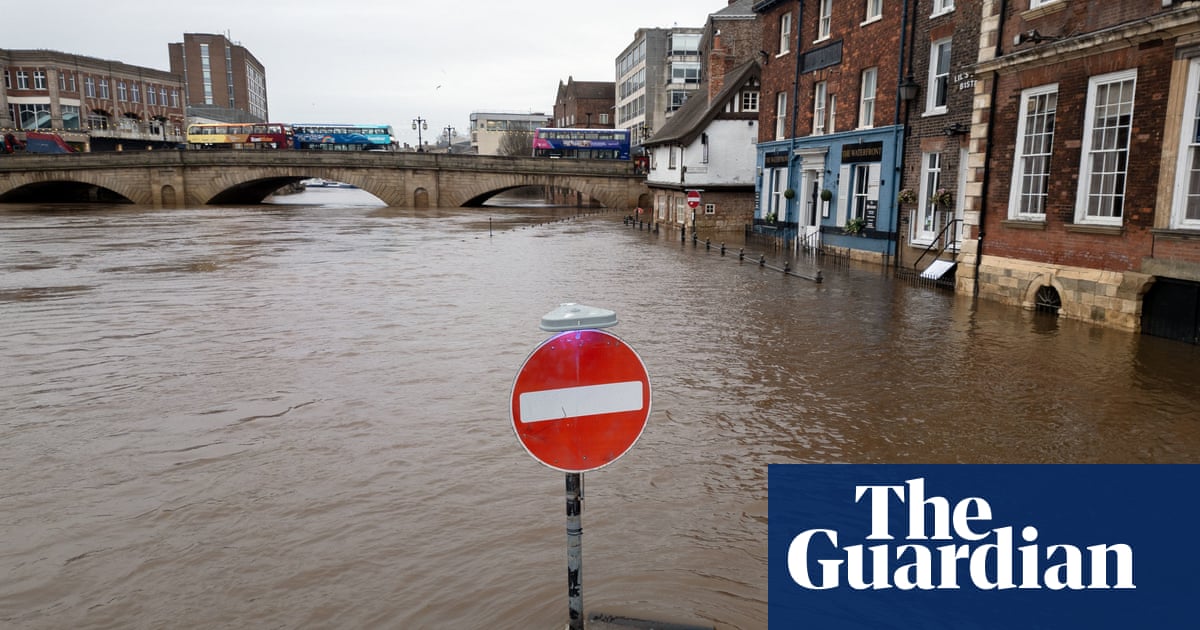
The climate crisis is very likely to put millions of homes at increased risk of subsidence, according to new data from the British Geological Survey (BGS). The hotter and drier summers being driven by global heating mean the ground under houses will shrink and crack, scientists said.
The key areas affected are London, Essex, Kent, and a swathe of land from Oxford up to the Wash. This is because the clay formations underlying these areas are most vulnerable to losing moisture.
In a medium scenario for future emissions, the area of Great Britain that is highly or extremely likely to see increased risk of clay-related subsidence increases by a third from 2020 to 2030 and triples by 2050.
The projections are similar in a separate high emissions scenario, but this dataset allows the number of homes at risk of subsidence to be calculated. About a million homes were at risk in 1990 and this rises to 2.4m in 2030 and 4m in 2070. London is the most affected, with nearly half of the capital’s homes at increased risk in 2030 and 57% in 2070, according to BGS.
“It is a very clear message that repeats in both projections,” said Anna Harrison, at BGS. “The south-east gets a double whammy, in that they’ve got susceptible geology and much drier, warmer summers are projected there.”
The subsidence risk projections could be used as a planning tool, she said, to highlight areas where the foundations of new houses may need to be deeper to avoid future problems. Subsidence is estimated to have cost £3bn in the last decade.
“Dry weather and high temperatures are going to be a major factor in the emergence of future shrink-swell subsidence,” said Lee Jones, a geological engineer at BGS. “The longer drought you get, and the higher the temperature is, the more moisture that’s going to be driven off.”
“In the south-east, many of the clay formations are too young to have been changed into stronger mud rocks, leaving them vulnerable to absorb and lose moisture,” he said.
BGS produced the projections by combining geotechnical information on potential ground movements with data on long-term rainfall and temperature scenarios.
“It’s advisable for those living in an area showing an increased susceptibility under future climate conditions to seek specialist advice before starting any major building work,” said Jones.
“Other steps property owners can take is to be aware of the effects of laying impermeable drives and paths, and of planting or removing trees close to properties, which can all have an impact on soil moisture profiles,” he said.
Subsidence can lead to increased insurance premiums, depressed house prices and in some cases, require engineering work to stabilise land or property and the replacement of utility pipeworks.
The London boroughs most likely to have increased subsidence risk according to the BGS are Camden, Islington, Brent, Barnet, Harrow, Haringey, Waltham Forest, Wandsworth, Lambeth and Lewisham.












